Who is the smartest among terrestrial animals? One might think a chimpanzee. But there are many smart animals in the ocean. This article will list ten of the smartest sea creatures, including killer whales, dolphins, octopuses, sea otters, humpback whales, Schreiner's toothfish, groupers, antoas, manta rays and nautiluses. Next, we will introduce their smart performance in detail, let’s take a look.
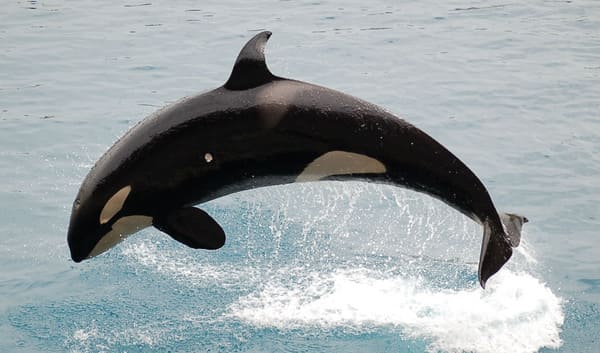
1. Killer Whale (Language Master)
The killer whale is a large whale, with a length of up to 8-10 meters and a weight of about 9 tons. Its head is slightly rounded and has a less prominent beak; its dorsal fin is tall and straight, and its curved can be up to 1 meter long. The body is black and white. Killer whales are highly social creatures, and their families, which consist of groups, are among the most stable in the animal kingdom. Killer whales display many complex social behaviors, hunting techniques, and vocal communication, which are considered evidence that killer whales have their own unique culture.
In fact, the killer whale is known as the "language master" among cetaceans because of its ability to produce up to 62 different sounds, each of which carries a specific meaning. For example, when preying on fish, they will make intermittent "sneeze" sounds, just like the sound made by pulling on a rusty iron door hinge. Fish feel threatened when they hear this sound, causing them to behave erratically.

2. dolphins.html">Dolphins (developed brain)
dolphins.html">Dolphins have typical odontocete morphological features, such as a spindle-shaped body, a single crescent-shaped breathing hole, skull intussusception, maxillary expansion backwards to overlap the frontal bones, left-lateral asymmetry of the top of the skull, and a conical shape. Or spike-like teeth. They are known for their extremely high intelligence and dexterity, which is due to their highly developed brains and the abundance of sulci.
Normally, the more sulci there are, the more developed the creature's intelligence is. The average brain of an adult dolphin weighs 1.6 kilograms, while a human brain weighs about 1.5 kilograms and an orangutan's brain weighs less than 0.25 kilograms. In terms of absolute weight, the brain of dolphins ranks first, but in terms of the ratio of brain weight to body weight, the human brain accounts for 2.1% of the body weight, dolphins 1.17%, and orangutans only 0.7%.
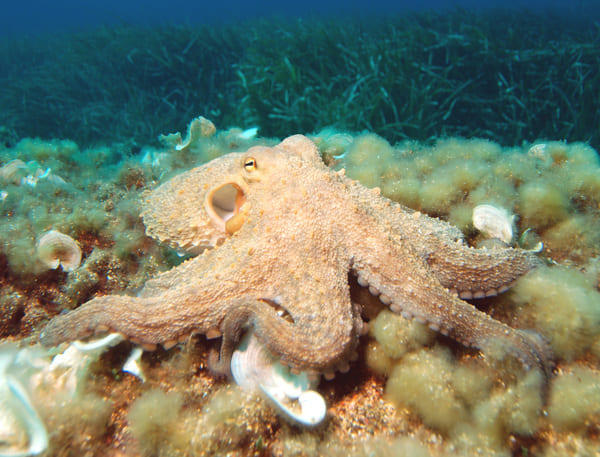
3. Octopus (cunning)
Octopus is the general name for 252 species of marine molluscs in 26 genera of the family Octopus. Their body shape is usually oval or oval, with strong muscles, the opening of the mantle cavity is relatively narrow, and the body surface usually does not have a water hole structure. In order to avoid predator attacks, octopuses not only use the well-known mimicry camouflage skills and the strategy of losing one arm to escape, but scientists have even discovered in the Indian Ocean that some octopuses can "walk" on two legs to escape danger. This shows its high level of intelligence.
There are reports of octopuses catching lobsters in lobster traps set by humans, and even sometimes stealing bait and using it to make traps. In aquariums, some octopuses are even able to escape their own tanks, hunt for fish in other tanks, and then quietly return to their original tanks before anyone notices.
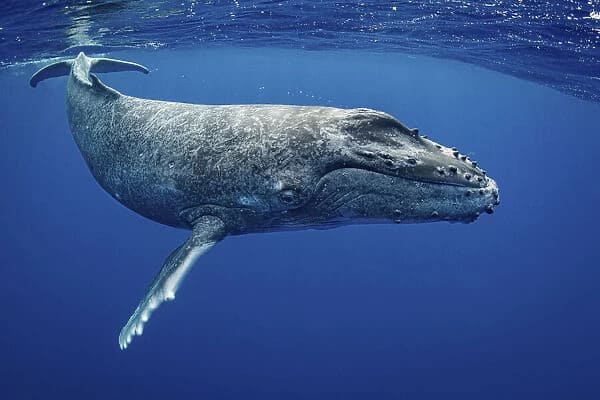
4. Humpback whale (art exchange)
The name humpback whale comes from the Japanese word "humpback", which means "pipa", which refers to the shape of the whale's back. Humpback whales are known for their spectacular leaps out of the water, their very wide front flippers, and their complex calls. They mostly live in pairs or small groups, have a gentle temperament, and like to swim, but their swimming speed is relatively slow.
Researchers have even discovered that humpback whales also show extraordinary talents in singing. They are good at singing in an "A-B-A" format similar to that commonly used by human singers, that is, starting to sing a melody and then developing it further. This theme finally returns to the original melody with a slight change. What’s even more interesting is that they also engage in “artistic exchanges.” There are reports that after humpback whales from the Indian Ocean migrated to Australia’s Pacific waters, Australia’s native humpback whales gave up their traditional whale songs in less than three years. , began to sing new songs brought by these exotic humpback whales.
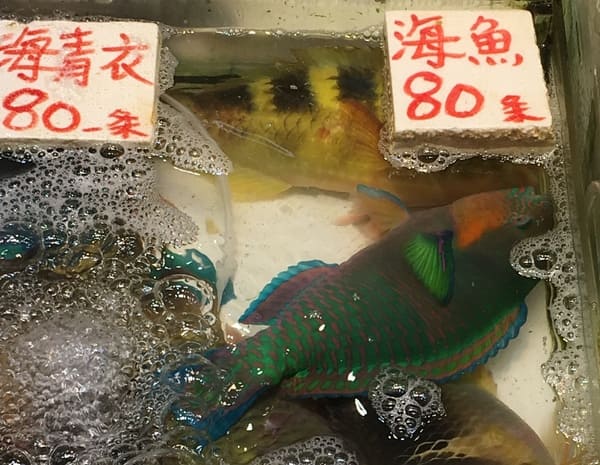
5. Toothfish shubii (the only wild fish that can use tools)
The Toothfish is a unique species of fish in the genus Toothfish of the family Wrasses. Its body shape is elongated and oval, with a prominent and rounded outline on the back of the head; the upper jaw is relatively short and cannot extend to the front edge of the eyes; the upper and lower jaws each have 4 sharp canine teeth. The head is quite broad, the dorsal edge is slightly steep and has a uniform dome profile, and the tail fin is truncated. The Toothfish lives off the Great Barrier Reef off the northeastern coast of Australia and is the only wild fish known to use tools. Divers have photographed them holding clams and other shellfish in their mouths, slamming into the rocks on the seafloor, opening the shells to get the meat inside.
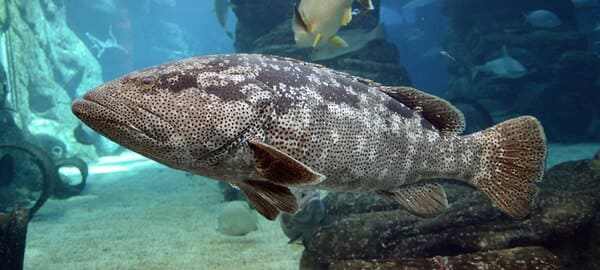
6. Grouper (will cooperate in hunting)
Grouper is the general name for fish of the subfamily Grouperinae. They belong to the class Teleost, subclass Actinopterygium, superorder Acanthopterygium, order Perciformes, suborder Perciformes, and the family Asteridae. They are common in tropical and subtropical seas. warm water large and medium-sized marine fish. In China, grouper is mainly distributed in the Taiwan Strait and the South China Sea. Some groupers have been recorded exhibiting cooperative feeding behavior with eels or other fish. For example, Echinopterus elegans and Echinopterus leopardensis have been observed cooperating with fish such as Javan naked breast, ripple lip fish, and blue octopus. Groupers use movements such as shaking their bodies and "nodding" to guide their partners to hunt together.
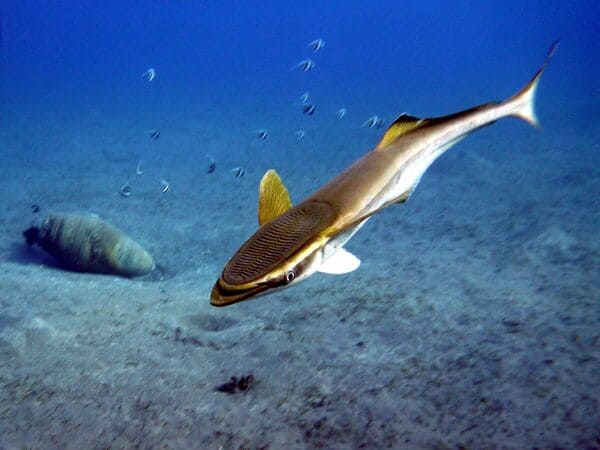
7. Antoine fish (parasitism)
The body of the giant fish is extremely elongated, the head is flat, and gradually becomes cylindrical backward, with a sucker at the top that is deformed from the first dorsal fin. The center of this sucker splits to both sides, forming about 21-28 fin-like structures, also called laminae. Its caudal peduncle is thin, its front end is cylindrical, and its rear end gradually becomes flat. As a carnivorous marine fish, giant mackerel often uses suckers to attach to the bottom of boats or other large fish in order to migrate and forage. It feeds on other fish and invertebrates. When they arrive at a food-rich sea area, they will break away from their host, forage for food, and then attach themselves to a new host and continue migrating to another sea area.
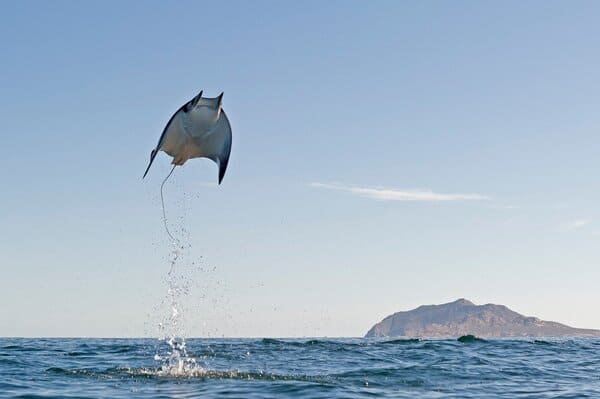
8. Manta ray (lively temperament)
Manta rays, also known as manta rays or carpet rays, belong to the family Mantaidae in the class Chondrichthyes, including the two genera of Prostomata and Manta. Their body is rhombus-shaped and can reach more than 6 meters in width. Manta rays also behave very strangely. They have lively personalities and often like to play practical jokes. Sometimes they deliberately swim to the bottom of a small boat sailing in the sea, and beat the bottom of the boat with their wings, making a "whooshing, snapping" sound, which makes the people on the boat feel frightened and uneasy; sometimes they swim to the bottom of the boat anchored in the sea. Next to a small boat, they will hang their horns on the anchor chain of the boat, so that the small anchor can be pulled up, leaving people at a loss; or they will use their head fins to hang themselves on the anchor chain of the boat, and then The fishermen mistakenly think that the "devil" is at work by dragging the boat back and forth quickly on the sea, but in fact it is the manta rays carrying out their mischief.
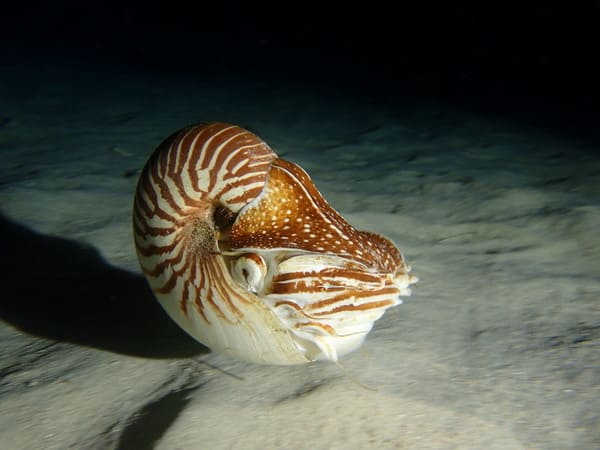
9. Nautilus (unusual structure)
Nautilus is a marine mollusk with 2 genera and 6 different species. They have a curly shell that looks a bit like a pearl, and the shell is made up of multiple chambers with a coat inside the shell. These chambers are separated. The nautilus has two pairs of gills and approximately 63-94 arms, but no suckers. Their eyes are relatively simple, without lenses or ink sacs.
Nautilus shell image Equiangular spiral
Marine biologists describe the nautilus as the jet thruster of the ocean. They propel themselves forward by continuously pumping water through the body's mantle and then using the expansion of tubular muscles and soft tissue in the body to eject the water. Humans imitated the nautilus's floating and sinking method of discharging water and absorbing water, and used this principle to create the earliest submarines.
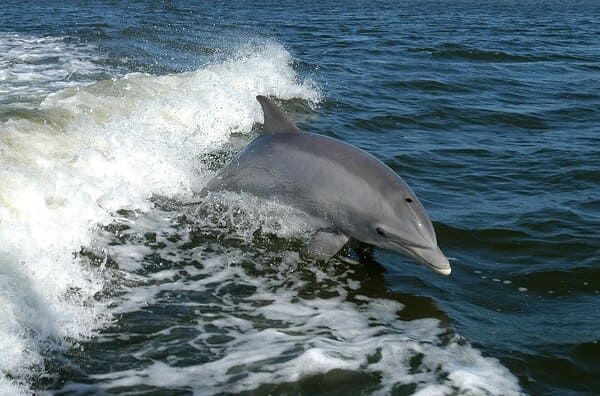
10. Bottlenose dolphin (mild temperament)
Bottlenose dolphins, also known as sharp-beaked dolphins or bile-nosed dolphins, are mainly distributed in temperate and tropical oceans, including China's Yellow Sea, Bohai Sea and other waters. Usually they are more active in shallow sea areas close to land and rarely swim to the deep sea. Like other dolphins, the bottlenose dolphin has a streamlined body, smooth and hairless skin, a bluish steel-colored or tile-gray back, and a distinctly bulging abdomen. Bottlenose dolphins have a longer snout, a relatively small mouth, and a mouth shape that always seems to be smiling. This species is listed as a Class II protected animal in China. Bottlenose dolphins often display a gentle temperament, especially those that have been domesticated by humans. However, they may also display aggression at times.
The top ten smartest aquarium/52-marine-animals.html">marine animals are mainly recommended based on the behavior and other relevant information of each marine animal, and comprehensively refer to relevant rankings/lists on the Internet. The list is for reference only to help you understand which are the smartest animals in the ocean. If you have any questions, please leave comments and criticisms at the end.
animal tags: Aquatic creatures
We created this article in conjunction with AI technology, then made sure it was fact-checked and edited by a Animals Top editor.